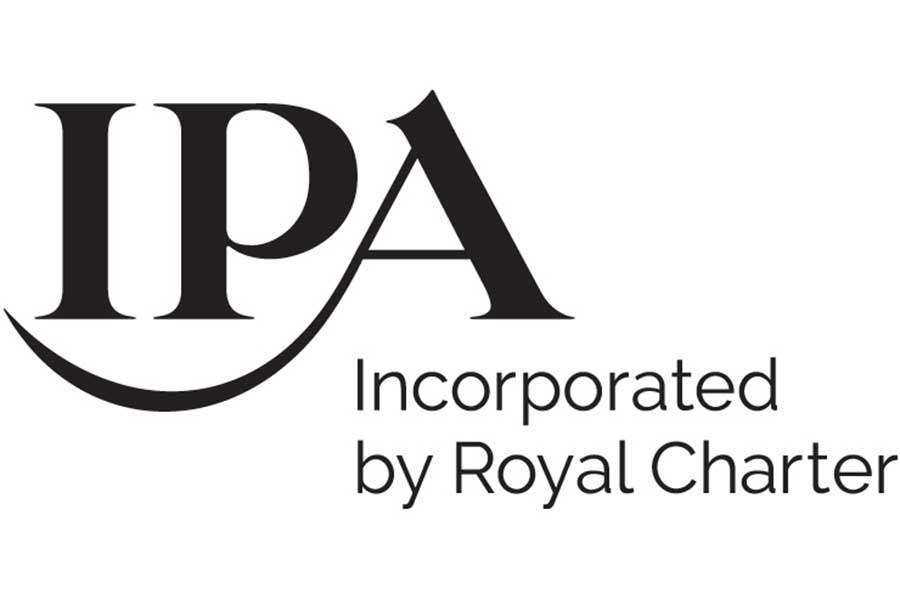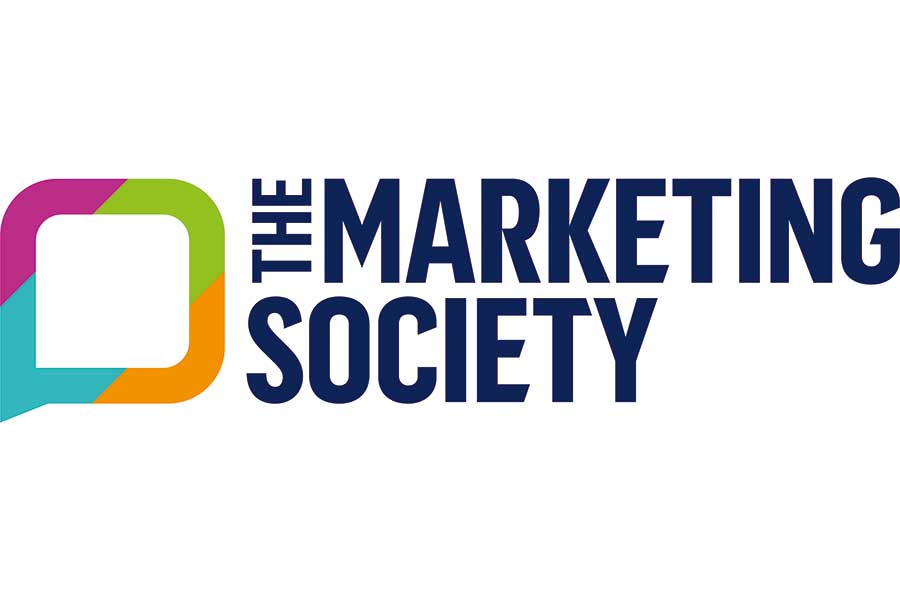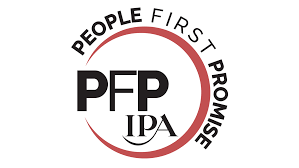By Ciaran Deering, Head of Online, The Grove Media
Google’s Demand Gen officially launches to all advertisers this month. When beta testing was announced back in the summer, it didn’t exactly dominate the headlines, but what it does – and it’s use of AI – is notable for advertisers as we face Google’s deprecation of cookies.
Demand Gen combines an advertiser’s first party audience data with AI solutions. This combination indicates a way forward for advertisers in a cookie-less world. And that cookie less world starts in just a few months, so advertisers need to act now, if they haven’t already started preparing for this.
Demand Gen is a new campaign type from Google that doesn’t rely on cookies and has been designed specifically for a cookie-less environment. It provides greater control for advertisers as they are using their own first party data to build lookalike audiences
Powered by AI, Demand Gen campaigns are designed to drive demand from users in the mid-funnel, and is another move towards an AI-first environment in Google Ads. Demand Gen campaigns are focused on site traffic, email sign-ups and page views, rather than sales, and are aimed at social media advertisers.
Demand Gen integrates video ads and image ads into one single campaign type, and it extends reach into YouTube and YouTube Shorts. A new ad preview tool allows advertisers to visualise how their ads will look in various combinations and placements, and advertisers have the ability to create A/B tests.
Cookie deprecation starts in Q1 2024
So, lots of interesting features in the AI-powered Demand Gen, but it’s just one option for advertisers and certainly doesn’t get round the fact that in Q1 next year Google will finally begin its long-awaited deprecation of third-party cookies.
As a reminder, cookies are a form of tracking widely used by website owners to customise and improve website experience. They have also been used by data companies and publishers to gathering consumer data, which is then packaged up and sold to advertisers for use in ad targeting. These are the third-party cookies that Google are removing.
Safari and Firefox brought in default blocking back in 2017 and 2019 respectively, but through Chrome, Google still commands about 50% of the browser market in the UK. And it’s been a long journey for Google – the announcement that they were phasing out third-party cookies was back in February 2020. Delays to deprecation were then announced in 2021 and 2022, primarily because Google needed more time to test the new Privacy Sandbox technologies.
Privacy Sandbox is now open to all
But cookie deprecation is now going ahead and in readiness the era of ID-less advertising, Google recently announced that Privacy Sandbox – its privacy-preserving alternative to cross-site tracking cookies – has been opened up for general availability.
Chrome has also released new ad privacy controls that allow users to manage Privacy Sandbox features, such as customising or disabling relevant ad topics. With Privacy Sandbox APIs now generally available in Chrome, advertisers can assess their readiness for cookie deprecation.
And there are some important things that advertisers need to do to be ready for deprecation. This starts with a complete assessment of your brand’s data technology infrastructure, which includes an analysis of available first-party, fully-consented consumer data. Once you have determined what tools and capabilities you have in-house, you will be able to prioritise what gaps you need to fill.
Review your first party data – it’s about to become even more important
Review and clean-up your CRM data as it will soon become more heavily used in paid advertising, whether for remarketing or building lookalike audiences. Assess whether your CRM is set up in the right way, and look at what you can do to earn more of people’s data.
Take the time to use your CRM to attribute value to specific data segments and assess how relevant segments be used for ad targeting. Nurture data – focus on hot leads first, but don’t forget to stay engaged with colder leads.
If you’re a Google advertiser, implement Consent Mode and Enhanced Conversions
A website visitor who has declined cookies, but who converts to a lead or sale on your website cannot be accurately tracked back to their interaction with your ads. A workaround to this from Google is setting up Enhanced Conversions. This requires the advertiser to amend their Ts & Cs to enable Google to link a lead or sale back to someone who has refused cookies if they are a registered Google user (the Consent Mode bit). Enhanced Conversion reporting is then possible, filling the gap from users who refuse cookie tracking.
Put aside a percentage of budget to test contextual advertising options
Consider a return to more traditional publisher brands to revisit their contextual targeting offerings. There is also the possibility of overlaying natural language processing (NLP) which delivers a deeper understanding of the sentiment and context on a page. This will fine tune your contextually targeted ads and can be particularly useful for programmatic buying.
Look to leverage the benefits of mobile advertising
In general, mobile advertising does not depend on cookies but on mobile IDs. These are unique identifiers assigned to a mobile device and can be used to identify users based on mobile website and app usage. However, be aware that more mobile users are opting out of advertising targeting, particularly with apps.
Keep updated on Google’s Topics targeting (part of Privacy Sandbox)
Google’s alternative to cookies, their ‘Topics API’ (AKA ‘Topics’), has now been rolled out to Chrome. In other words, Google is categorising most users into topics of interest based on their previous behaviour from a taxonomy they’ve developed of over 400 different interests.
This form of targeting will become more prevalent when Google starts removing the use of cookies next year, so it’s worth keeping an eye on updates from Google on developments.
Test Google Demand Gen campaigns
Test this as soon as available to understand conversion rates and what role it may play as both a prospecting and lead gen tool. And look out for new products from Google (that will be increasingly using AI as the way forward for advertisers).
With the ever-increasing focus on consumer privacy, it was inevitable that third party cookies would eventually be phased out or blocked across all platforms. While this initially raised a lot of concern, as time has gone it’s become clear that there are effective ways forward for advertisers in an ID-less world. And for Google, it would seem that this very much rests on AI-powered solutions.
This article appeared in New Digital Age, link below:
https://newdigitalage.co/technology/ai-points-the-way-to-a-cookieless-world-on-google/
Featured image: Steve Johnson / Unsplash










